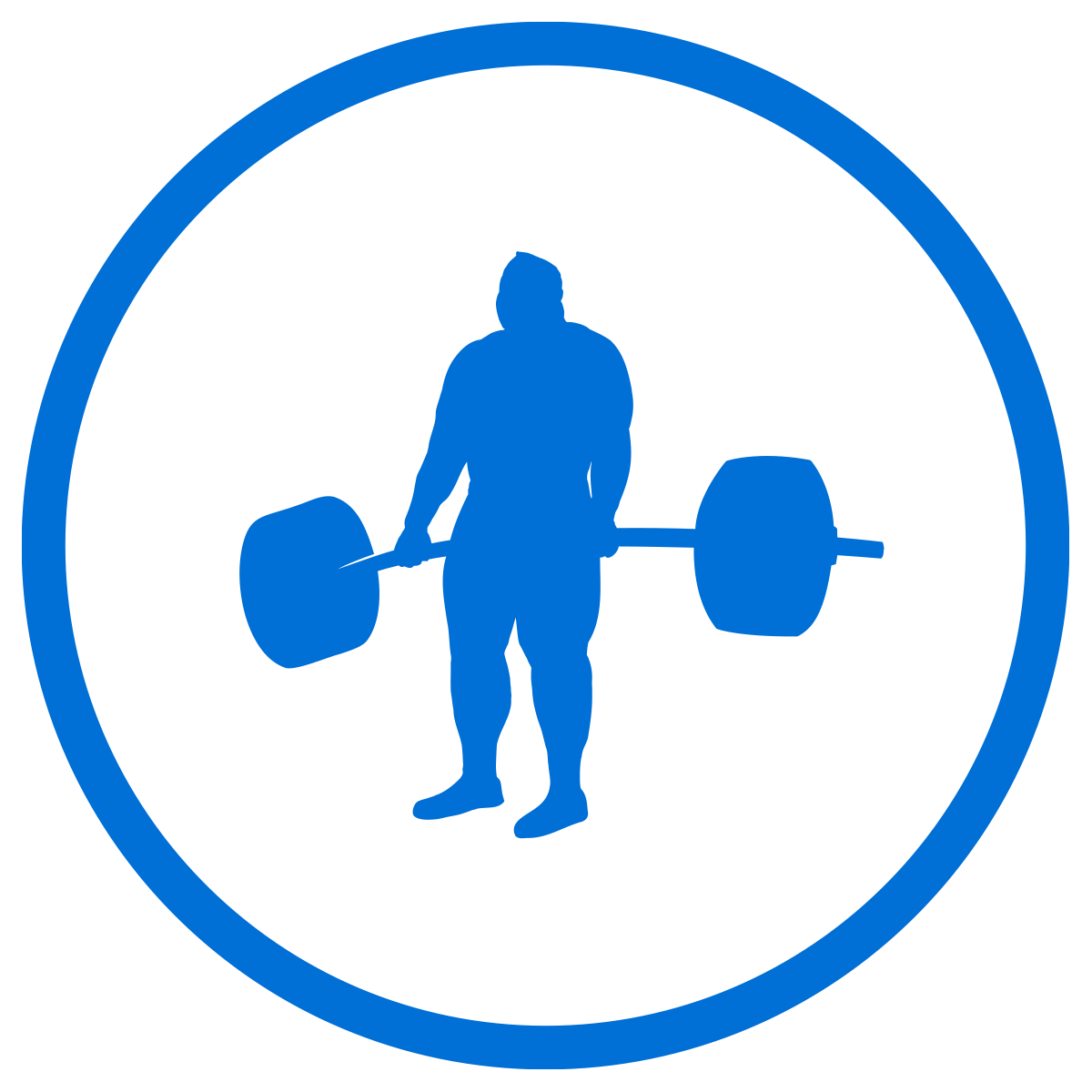Why Do High Bar Squats During Hypertrophy if You're a Low Bar Squatter?
If you're a low bar squatter, you may wonder why high bar squats are included during hypertrophy phases. There are a few key reasons for this:
High Bar Squats Are Better for High Volume
Less strain on joints: High bar squats are better suited for high-volume training compared to low bar squats. Doing sets like a 5x8 with low bar squats can leave not only your legs and back sore but also your shoulders, elbows, and wrists.
Reduces interference: Soreness from low bar squatting can interfere with your other lifts, like bench press and deadlifts. By using high bar squats, you’ll experience less interference in your overall training, allowing for better recovery and performance in all your lifts.
Avoiding Adaptive Resistance
Variety matters: Low bar squatting all year round can lead to adaptive resistance, meaning your gains will slow down over time. Incorporating high bar squats helps avoid this by introducing variation.
Strategic programming: The high bar squat variation is chosen to ensure continued progress during hypertrophy phases while minimizing fatigue that could affect your other lifts.
Flexibility to Modify
Comfort with low bar: If you’re very comfortable with your low bar technique and don’t experience joint discomfort, you can swap one or two of your squat workouts back to low bar during hypertrophy. However, remember that high bar squats are included for a reason—they are strategically programmed for the best results.
